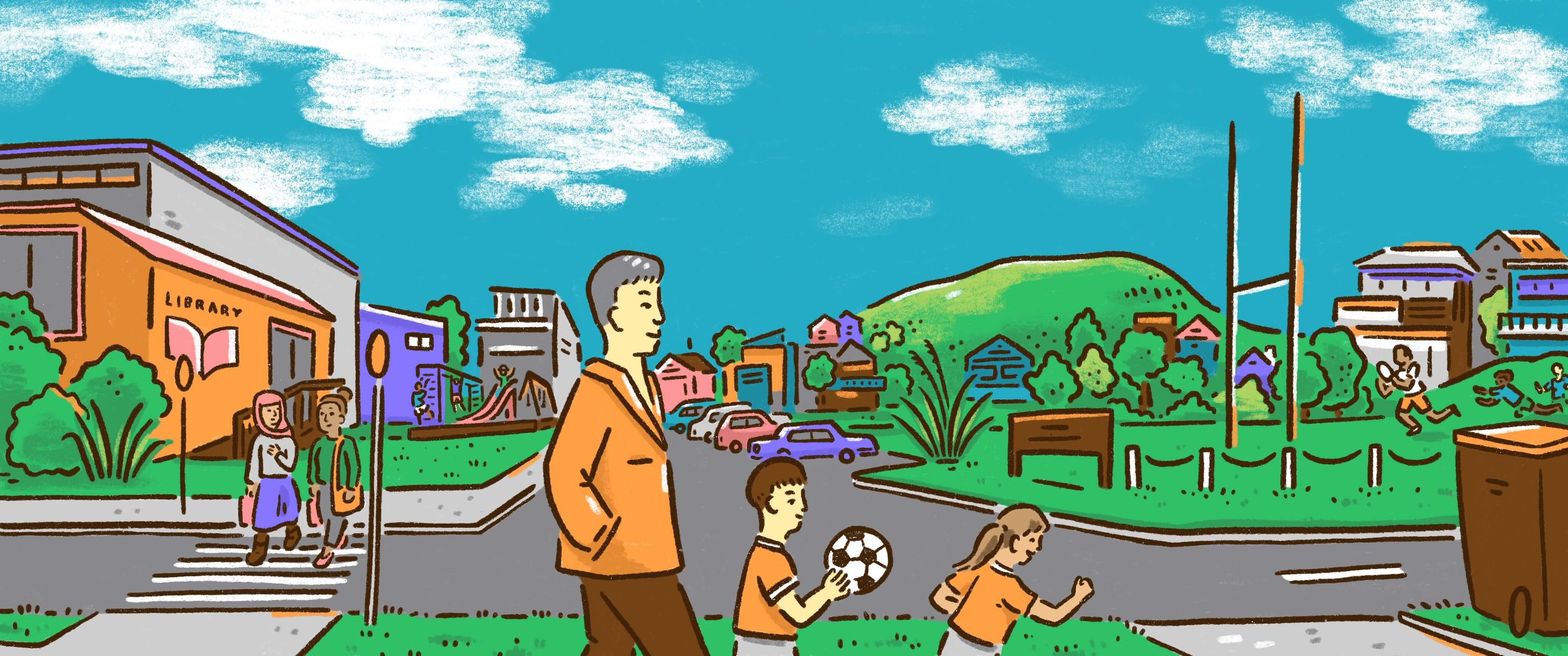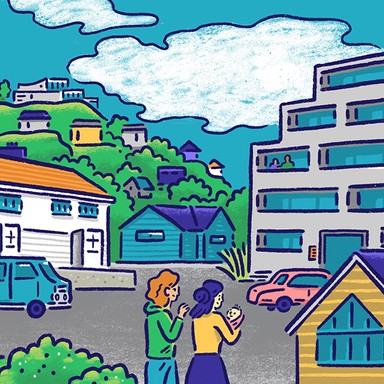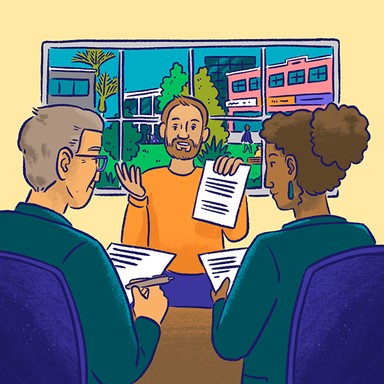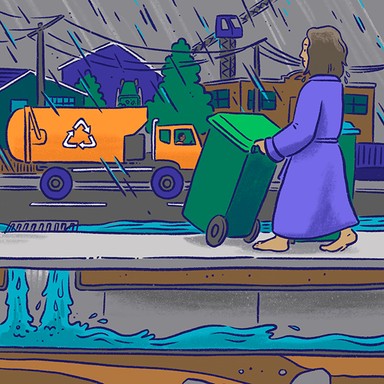
Eastbourne Community Board

Housing and planning
Local councils are responsible for land use planning under the Resource Management Act, which affects where and how new houses are constructed, as well as the design of cities and towns. In some areas, councils also provide housing to those who need it most.

Housing and planning
Local councils are responsible for land use planning under the Resource Management Act, which affects where and how new houses are constructed, as well as the design of cities and towns. In some areas, councils also provide housing to those who need it most.
Work to ensure that housing intensification objectives align with climate change mitigation measures, and with transport options.
Try to ensure that housing intensification does not unreasonably affect existing property rights or alter the character of our communities.
Deliver resident's voices to Hutt City about building and development rules being proposed under the Housing Supply Act.
Promote insulating and improving the energy efficiency of homes.
Establish community workshops around household sustainability and efficiency.
Continue to help protect Eastbourne's trees on public property – this is one of the community board's roles.
Help alert residents when council calls for submissions about plan changes using the community board's communication channels.
Liaise with residents and council when the community board can assist resolve issues.
Promote development in areas resilient to climate impacts and on unproductive land. Include active transport, community development in design.
Promote smaller, energy efficient, inexpensive homes and community housing using modern materials and methods including prefabrication.
Design communities to be self-contained, resilient with a balance of private and public/rental properties of similar quality.
Increasing housing intensification will be required, especially around transport hubs.
Although it is hard not to sound like a NIMBY when saying this, Eastbourne does not look like a good long term bet for such intensification.
Advocate that upcoming plan changes take our changing climate and rising sea levels into account.
Support that council has a role to provide and support community housing.
Apply discounts for new property developments that a built to a green eco standard.
Make resource consents cheaper and easier for tiny homes.
Work to ensure that housing intensification objectives align with climate change mitigation measures, and with transport options.
Try to ensure that housing intensification does not unreasonably affect existing property rights or alter the character of our communities.
Deliver resident's voices to Hutt City about building and development rules being proposed under the Housing Supply Act.
Promote insulating and improving the energy efficiency of homes.
Establish community workshops around household sustainability and efficiency.
Continue to help protect Eastbourne's trees on public property – this is one of the community board's roles.
Help alert residents when council calls for submissions about plan changes using the community board's communication channels.
Liaise with residents and council when the community board can assist resolve issues.
Promote development in areas resilient to climate impacts and on unproductive land. Include active transport, community development in design.
Promote smaller, energy efficient, inexpensive homes and community housing using modern materials and methods including prefabrication.
Design communities to be self-contained, resilient with a balance of private and public/rental properties of similar quality.
Increasing housing intensification will be required, especially around transport hubs.
Although it is hard not to sound like a NIMBY when saying this, Eastbourne does not look like a good long term bet for such intensification.
Advocate that upcoming plan changes take our changing climate and rising sea levels into account.
Support that council has a role to provide and support community housing.
Apply discounts for new property developments that a built to a green eco standard.
Make resource consents cheaper and easier for tiny homes.
Mayor
Compare the mayoral candidates in your area
Local council
Compare the candidates for your city or district council
Regional council
Compare the candidates for your regional council
Local board
Compare the candidates for your local or community board






